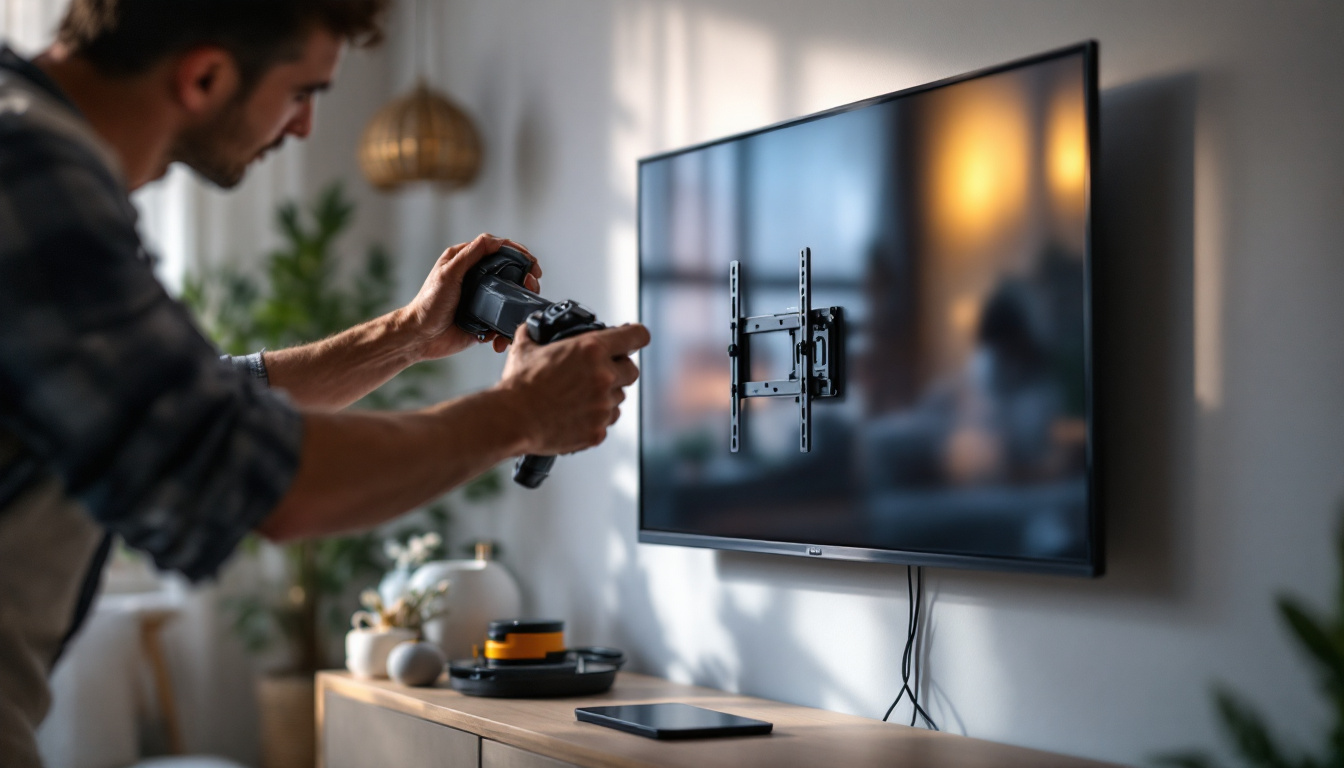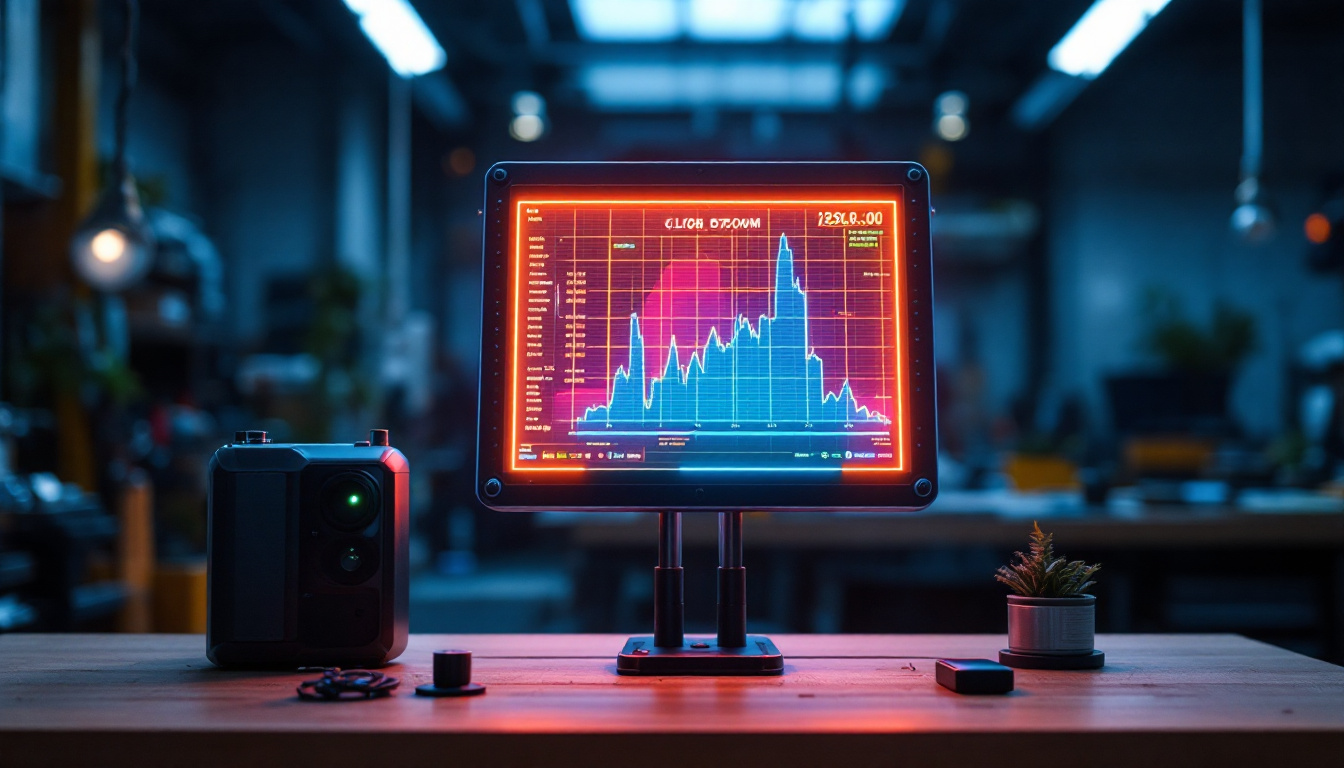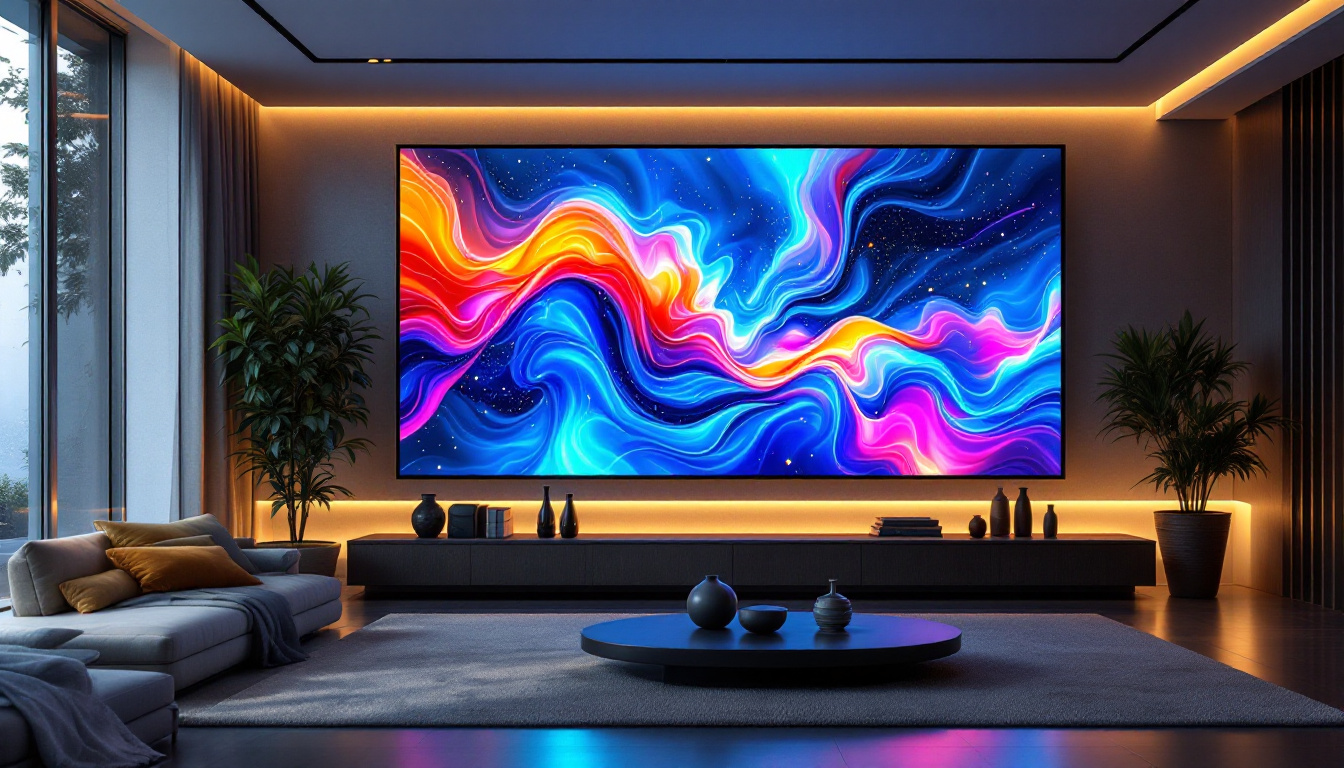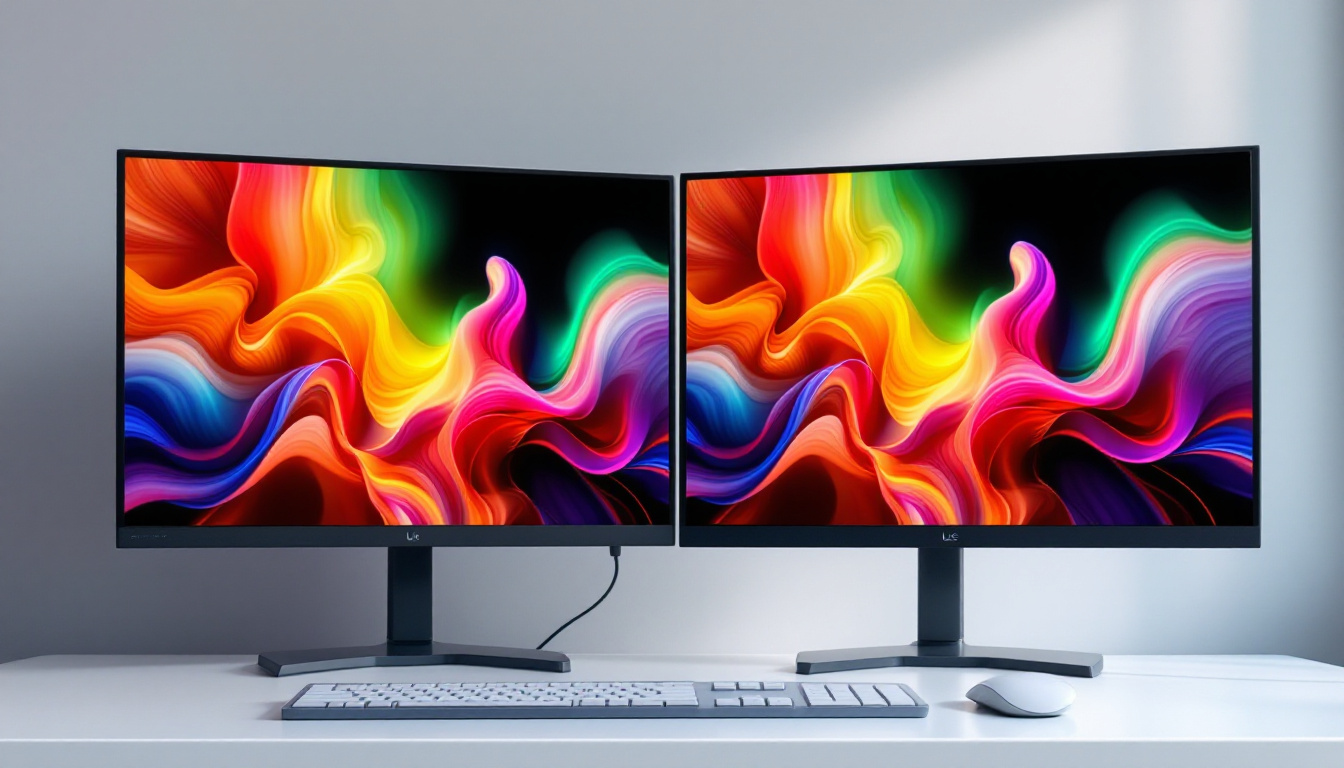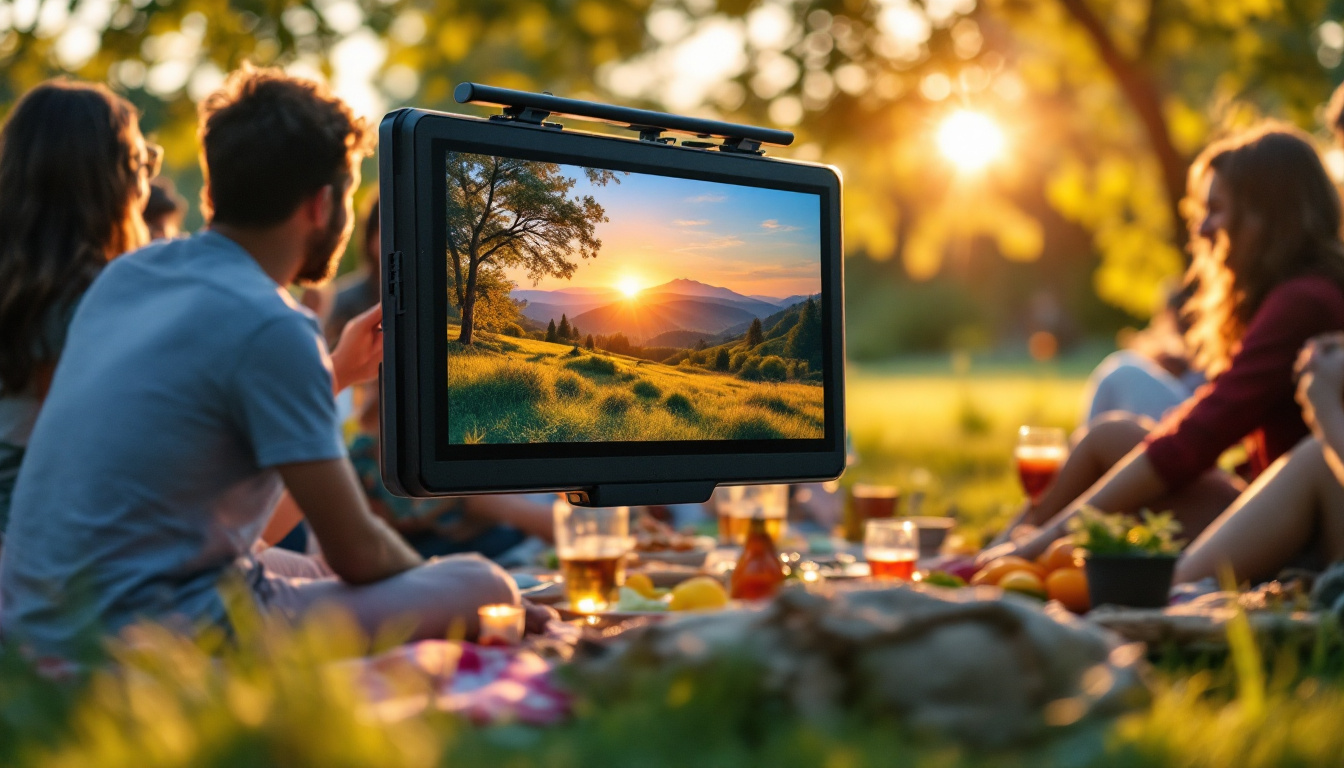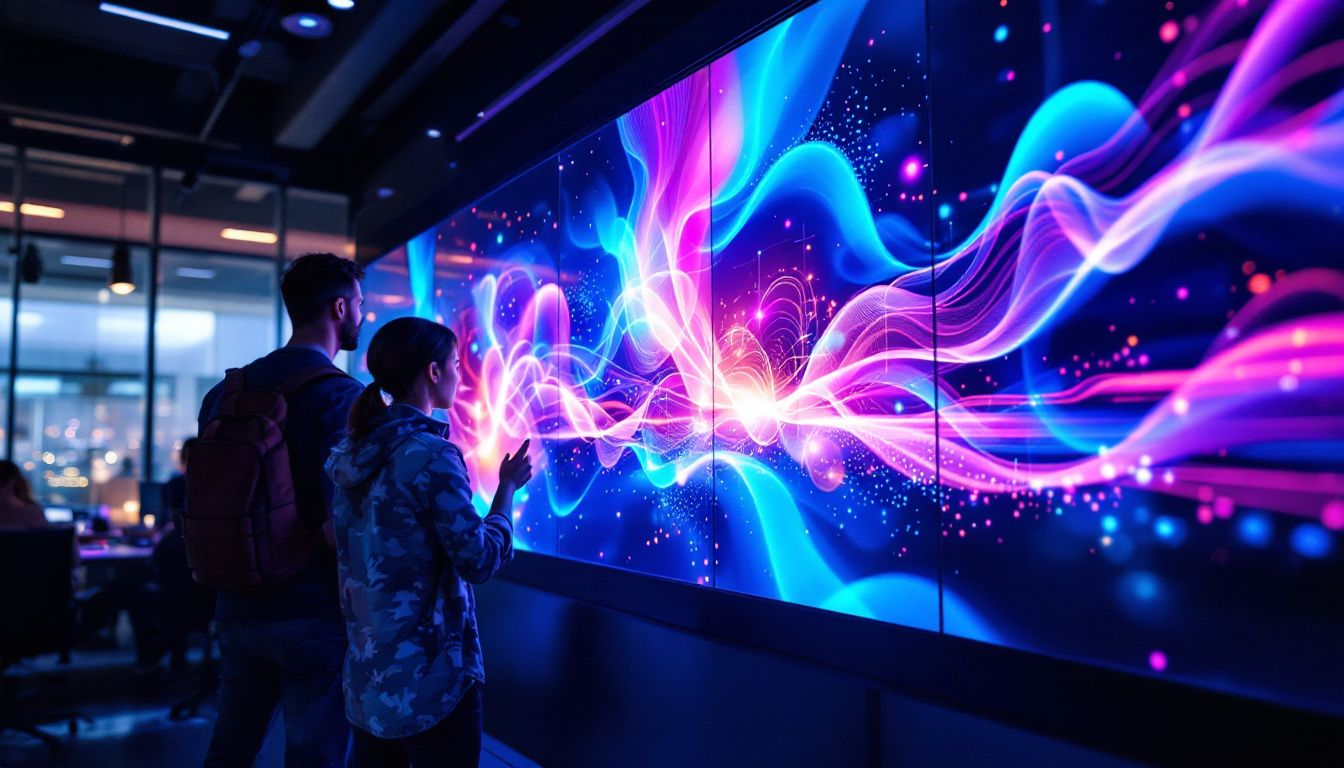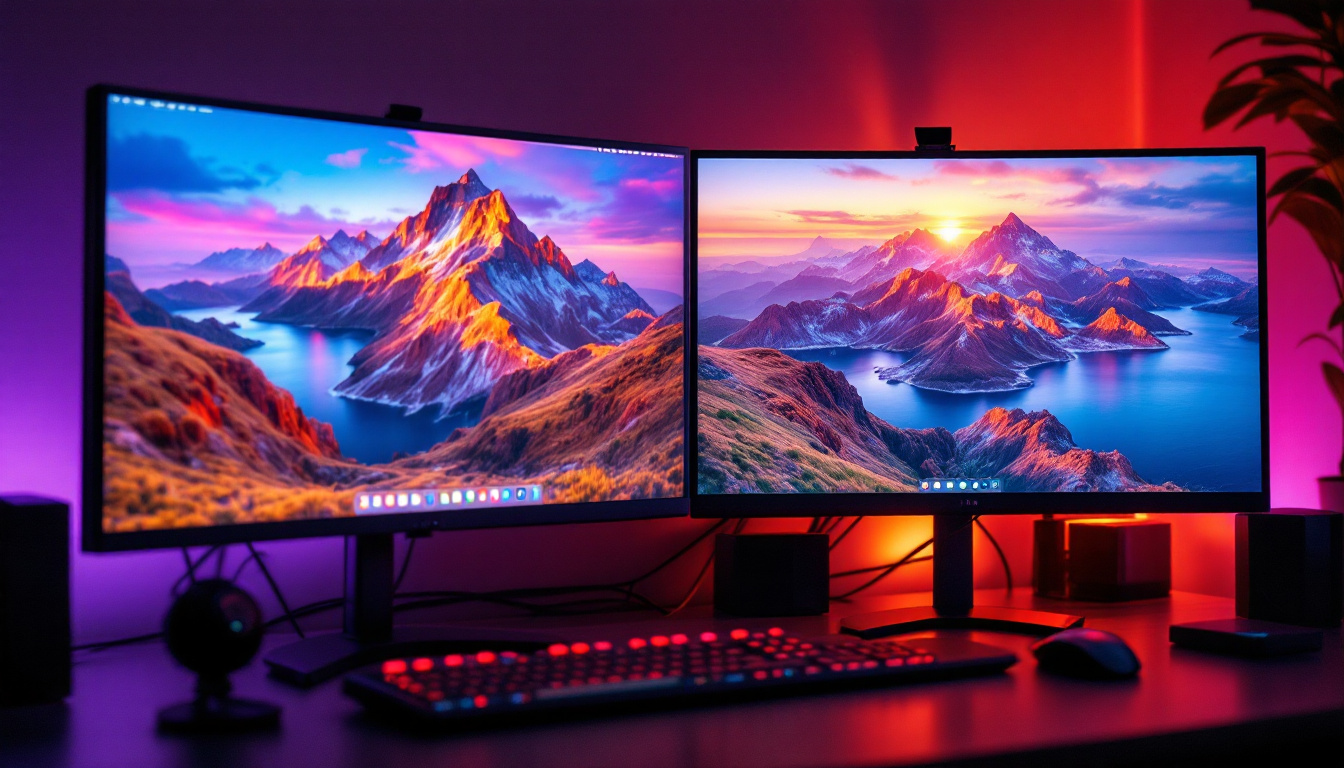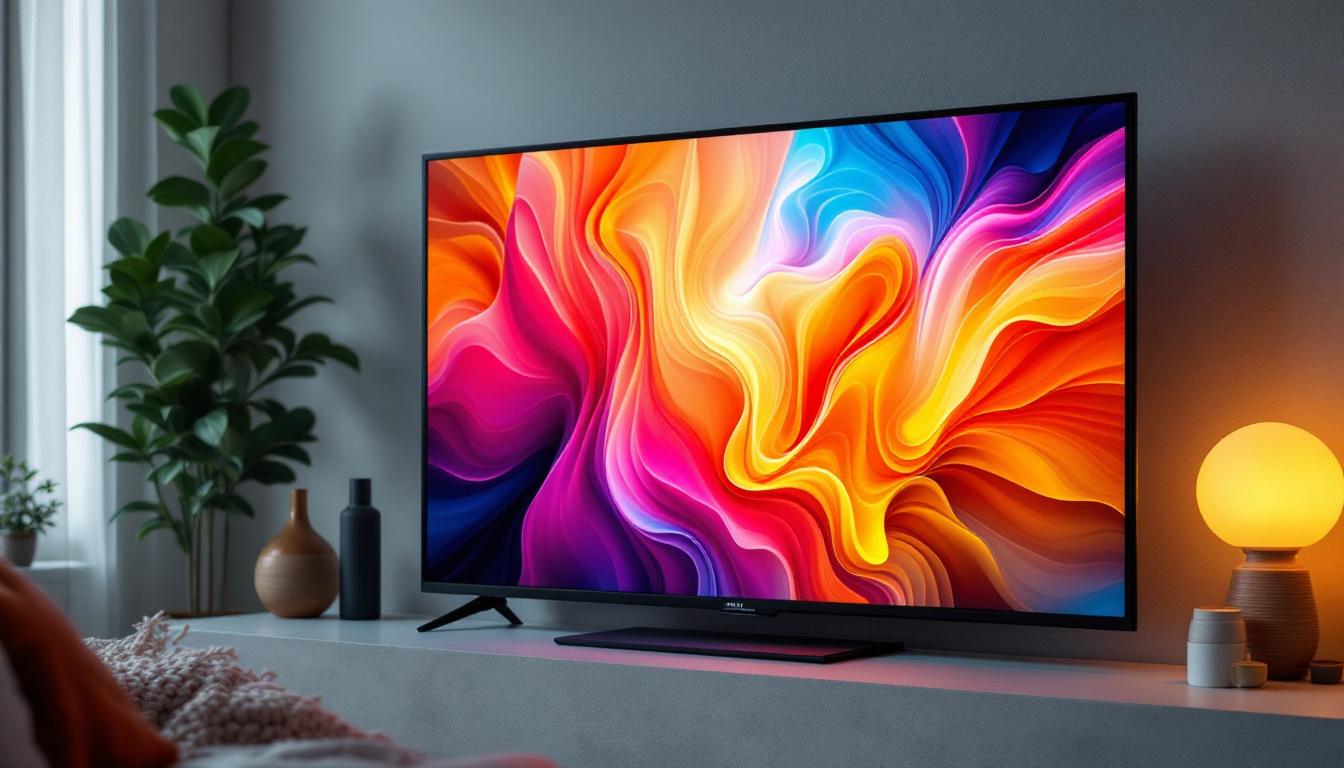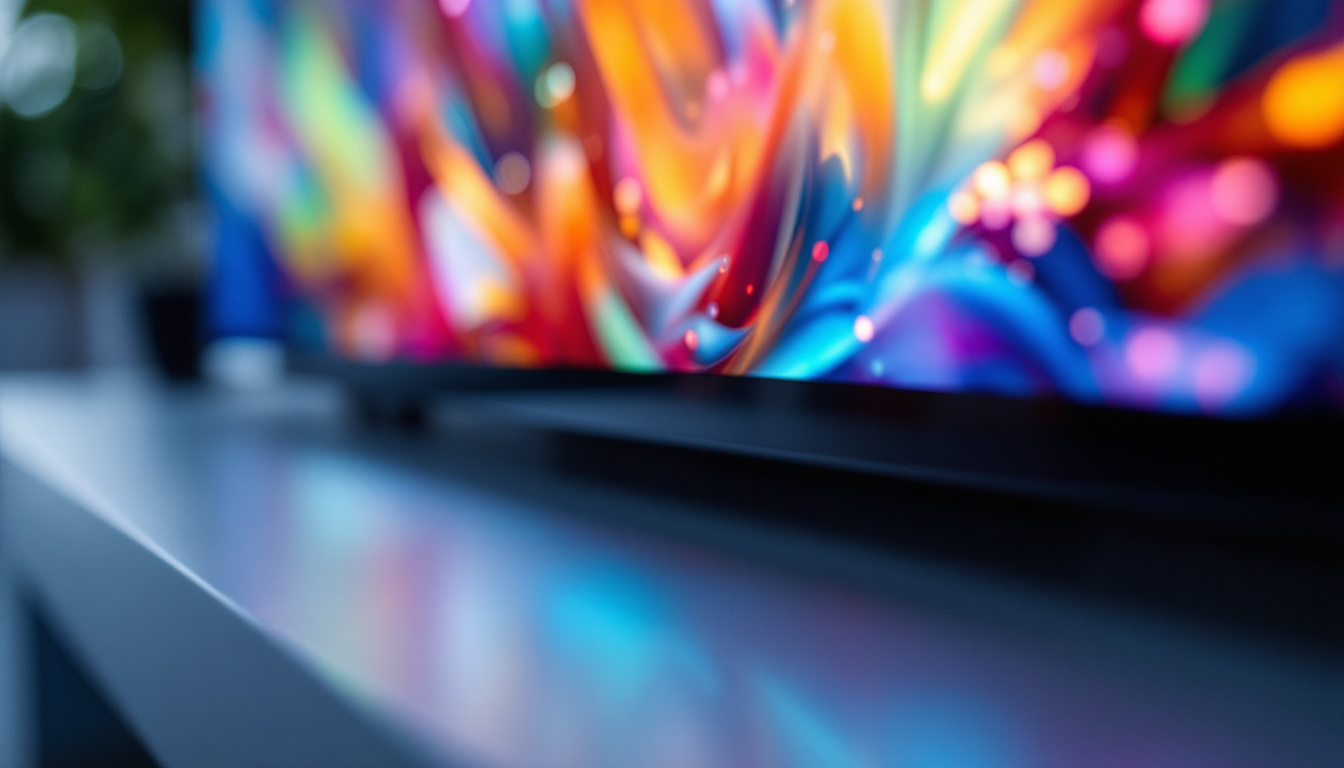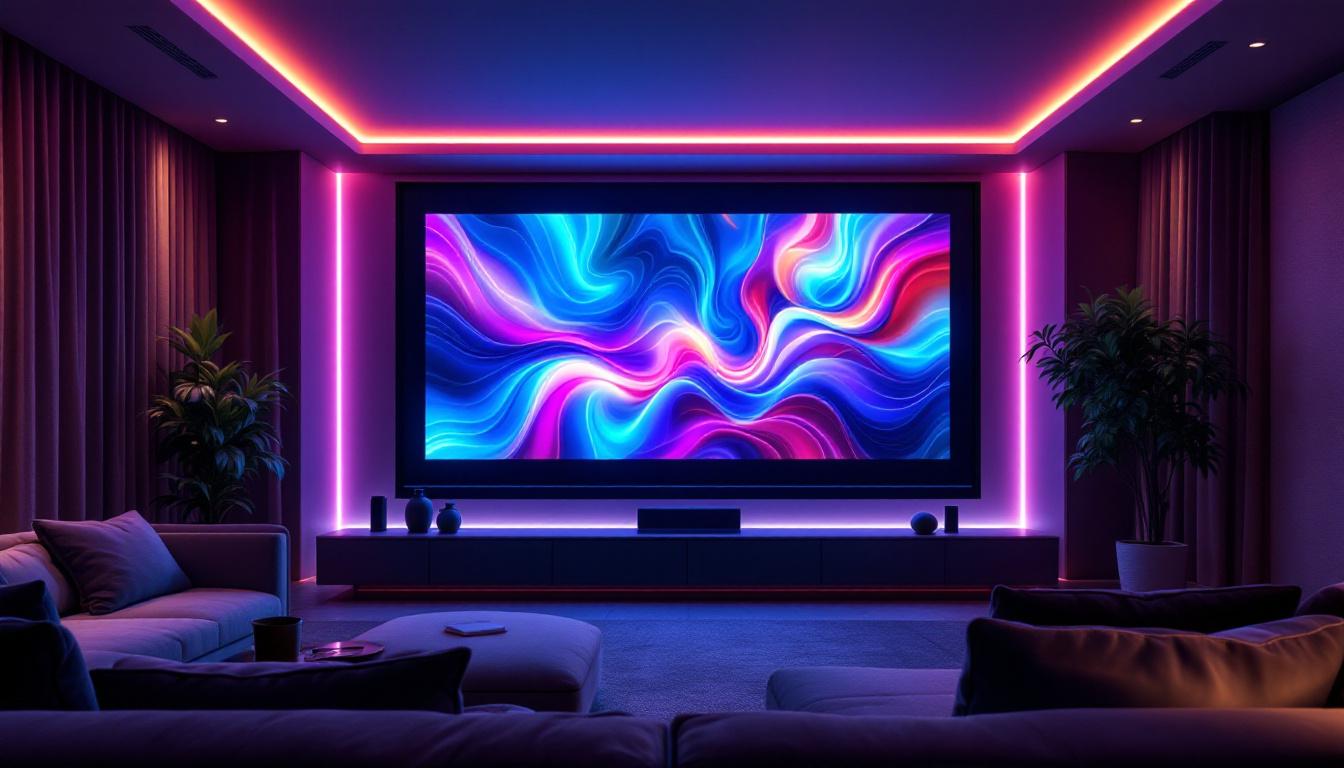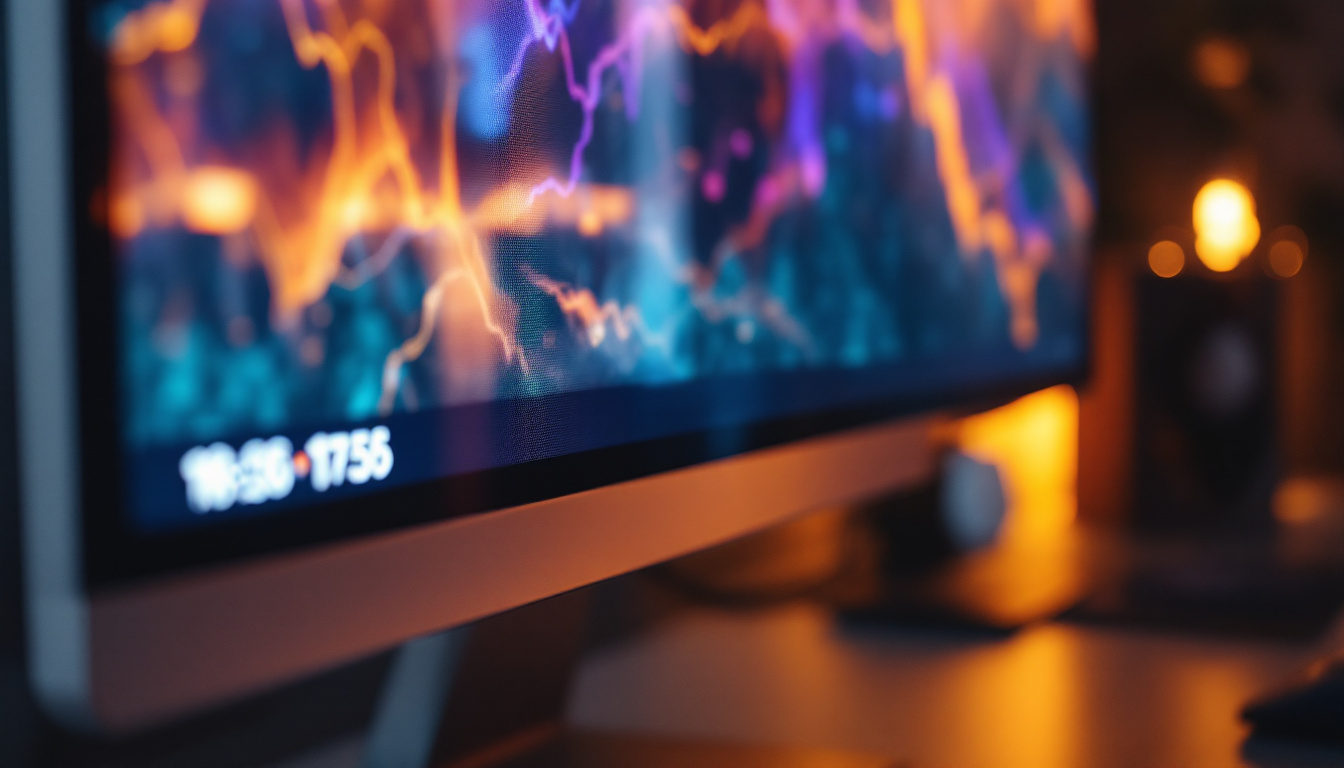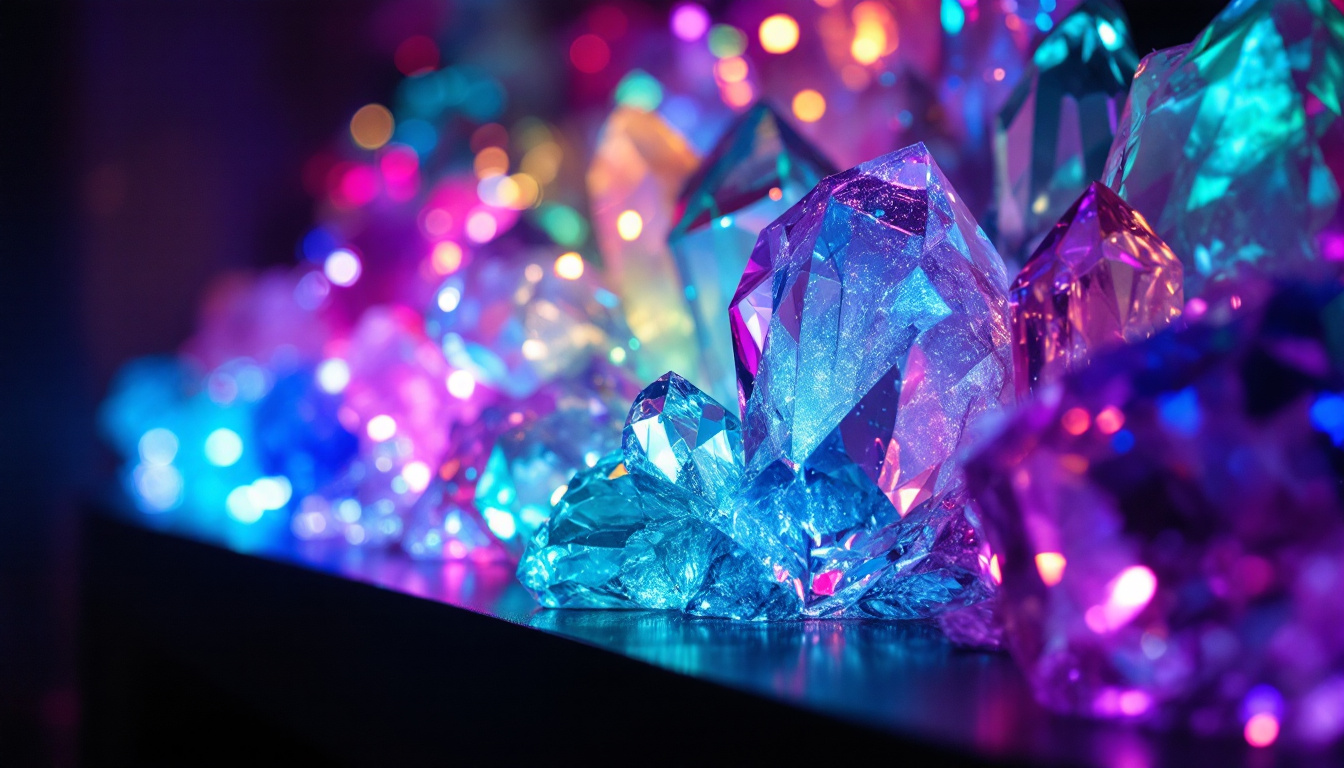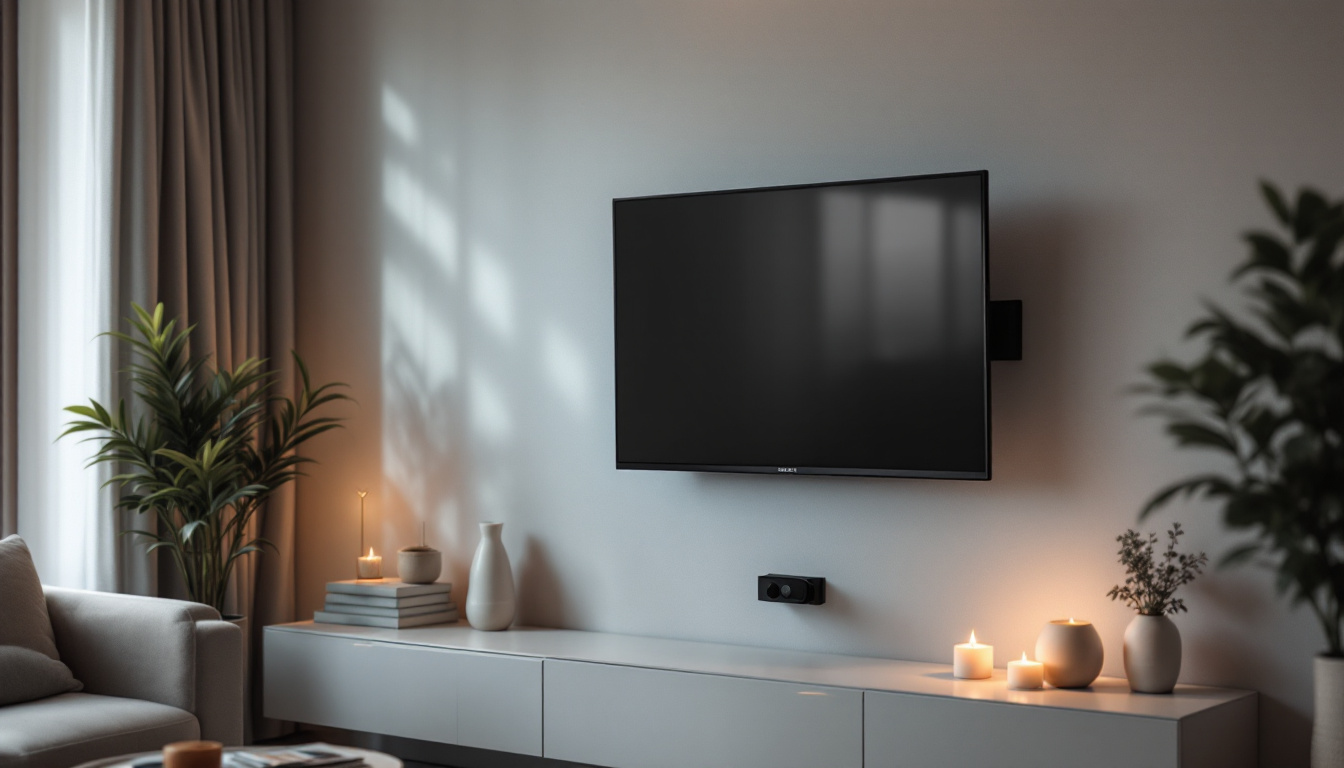How To Attach TV To Wall Mount: LED Display Explained
Mounting a TV on the wall not only saves space but also enhances the viewing experience by providing a clean and modern look. However, the process can seem daunting to many. This guide will walk you through the steps of attaching an LED display to a wall mount, ensuring that your setup is both secure and aesthetically pleasing.
Understanding TV Wall Mounts
Before diving into the installation process, it’s essential to understand the different types of wall mounts available. Each type has its own set of advantages and considerations.
Types of Wall Mounts
There are primarily three types of wall mounts: fixed, tilting, and full-motion. A fixed mount keeps the TV flush against the wall, providing a sleek look but limiting adjustability. A tilting mount allows for some angle adjustment, which can be beneficial for reducing glare. Full-motion mounts offer the most flexibility, allowing the TV to extend, swivel, and tilt, making it easier to find the perfect viewing angle. For instance, if you have a large room or multiple seating areas, a full-motion mount can help ensure that everyone has a great view, regardless of where they are sitting.
Choosing the right mount depends on your room layout, viewing preferences, and the size of your TV. It’s crucial to ensure that the mount is compatible with your TV model, as different TVs have varying mounting hole patterns. Additionally, consider the aesthetics of your space; a well-chosen mount can enhance the overall design of your room. For example, a tilting mount may be ideal for a home theater setup where ambient light is a concern, while a fixed mount could work beautifully in a minimalist living room.
Weight Capacity and Safety
Each wall mount has a specified weight capacity, which should never be exceeded. It’s vital to check the specifications of both the TV and the mount to ensure compatibility. Additionally, consider the wall material where the mount will be installed. Drywall, concrete, and brick require different types of anchors and screws to ensure a secure installation. For instance, if you’re mounting on drywall, using toggle bolts or anchors can provide extra support, while concrete walls may require masonry screws for a sturdy hold.
Furthermore, it’s important to think about the long-term safety of your installation. Regularly check the mount and the TV for any signs of wear or loosening, especially if you have children or pets that might bump into the setup. Investing in a mount with a safety lock feature can provide peace of mind, ensuring that your TV remains securely in place. Additionally, consider the cable management options that some mounts offer, as a tidy setup not only looks better but also helps prevent accidental tugging on cables, which can lead to damage over time.
Gathering the Necessary Tools and Materials
Having the right tools and materials at hand can make the installation process smoother and more efficient. Below is a list of items typically needed for mounting a TV.
Essential Tools
- Stud finder
- Level
- Drill and drill bits
- Screwdriver
- Tape measure
- Pencil
Using a stud finder is crucial for locating the wooden studs behind the drywall, as these provide the necessary support for the wall mount. A level ensures that the TV is mounted straight, while a tape measure helps in determining the correct height for optimal viewing. Additionally, a good-quality drill can save you time and effort, especially if you’re working with tougher materials like concrete or brick. Make sure to have the appropriate drill bits on hand, as different surfaces may require specific types for effective installation.
Materials Required
- Wall mount kit
- Mounting screws
- Wall anchors (if needed)
- HDMI cables
- Power extension cord (if necessary)
The wall mount kit typically includes the mount itself, screws, and sometimes additional hardware for installation. It’s advisable to read the instructions that come with the kit, as different mounts may have unique requirements. Furthermore, consider the length of your HDMI cables; longer cables may be necessary if your TV is mounted high on the wall or if your media console is positioned far away. Planning for cable management is also essential to keep your setup looking tidy and organized. You might want to invest in cable covers or raceways to conceal any visible wires, enhancing the aesthetic appeal of your entertainment area.
Preparing for Installation
Proper preparation is key to a successful installation. Taking the time to plan can save you from potential issues later on.
Selecting the Ideal Location
Choosing the right location for your TV involves considering both aesthetics and functionality. The TV should be positioned at eye level when seated, which is generally about 42 to 48 inches from the floor. Additionally, ensure that the chosen wall is free from obstructions such as windows or furniture that could interfere with the viewing experience.
Also, consider the proximity to power outlets and cable connections. It’s important to avoid running cables across the floor, which can be a tripping hazard and detract from the overall look of the room.
Marking the Wall
Once the location is selected, use a pencil to mark the spots where the mount will be installed. Start by finding the center of the wall and mark the height at which the TV will be mounted. Then, using a level, draw a horizontal line to ensure the mount will be straight.
Next, use the stud finder to locate the studs in the wall. Mark these locations, as they will be the points where the mount is anchored for maximum stability. If the studs do not align with the mounting holes, you may need to use wall anchors.
Installing the Wall Mount
With the preparation complete, it’s time to install the wall mount. This step requires careful attention to detail to ensure a secure fit.
Attaching the Mount to the Wall
Begin by aligning the wall mount with the marks made earlier. Using a drill, insert screws into the studs at the marked locations. If using wall anchors, drill holes according to the anchor specifications, insert the anchors, and then attach the mount using screws.
As you secure the mount, regularly check with a level to ensure it remains straight. This step is crucial, as an uneven mount can lead to an awkward viewing angle and potential damage to the TV.
Securing the TV to the Mount
After the wall mount is securely in place, the next step is to attach the mounting brackets to the back of the TV. Most LED TVs come with pre-drilled holes for this purpose. Carefully align the brackets with the holes and use the screws provided in the wall mount kit to secure them.
Once the brackets are attached, lift the TV and carefully hang it on the wall mount. This may require two people, as TVs can be heavy and awkward to maneuver. Ensure that the TV is securely locked into place according to the mount’s instructions.
Connecting Cables and Final Adjustments
With the TV mounted, the next step is to connect all necessary cables. This includes power cables, HDMI cables, and any other connections required for your devices.
Organizing Cables
To maintain a clean look, consider using cable management solutions such as cable covers or raceways. These can help hide unsightly cables and prevent them from becoming a tripping hazard. Additionally, ensure that the cables are not pinched or overly stretched, as this can lead to damage over time.
When connecting devices, it’s advisable to test each connection to ensure everything is functioning correctly. This includes checking the picture and sound quality to confirm that the setup was successful.
Final Adjustments
After everything is connected, take a step back and assess the overall setup. Adjust the angle of the TV if using a tilting or full-motion mount to find the optimal viewing position. Make any necessary tweaks to the cable organization to ensure a tidy appearance.
Safety Tips and Maintenance
Once the TV is mounted and set up, it’s essential to consider safety and maintenance. Proper care can prolong the life of both the TV and the mount.
Regular Checks
Periodically check the tightness of the screws and the stability of the wall mount. Over time, vibrations from everyday activities can cause screws to loosen, which may compromise the safety of the installation. If any issues are detected, address them immediately to prevent accidents.
Cleaning and Care
To keep the TV looking its best, regularly dust the screen and the area around it. Use a microfiber cloth to avoid scratching the display. Additionally, ensure that the area is free from moisture, as this can damage both the TV and the wall mount.
Conclusion
Attaching a TV to a wall mount can be a straightforward process when approached with the right tools and knowledge. By understanding the types of mounts, preparing adequately, and following the installation steps carefully, anyone can achieve a professional-looking setup. Remember to prioritize safety and maintenance to ensure that your TV remains securely mounted for years to come.
With this guide, transforming your living space with a wall-mounted LED TV is not only achievable but can also be a rewarding project that enhances your home entertainment experience.
Enhance Your Viewing Experience with LumenMatrix
Now that you’re equipped with the knowledge to mount your LED TV securely, why not elevate your viewing experience with the latest in LED display technology? LumenMatrix, a leader in innovative LED solutions, offers an extensive range of products from Indoor and Outdoor LED Wall Displays to specialized options like Vehicle and Sports LED Displays. Whether you’re looking to create an immersive home theater or a dynamic advertising platform, LumenMatrix has the perfect LED display to bring your vision to life. Check out LumenMatrix LED Display Solutions today and transform your space with vibrant, high-quality visuals that captivate and engage.

